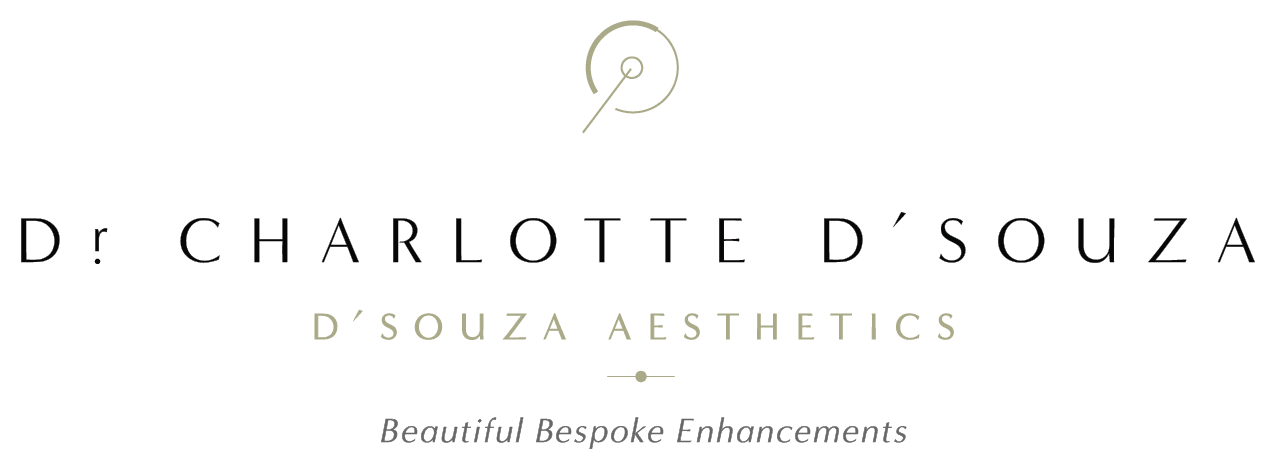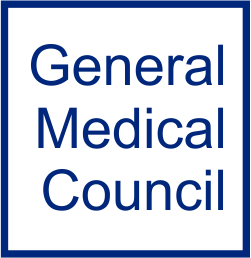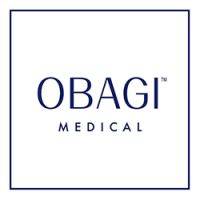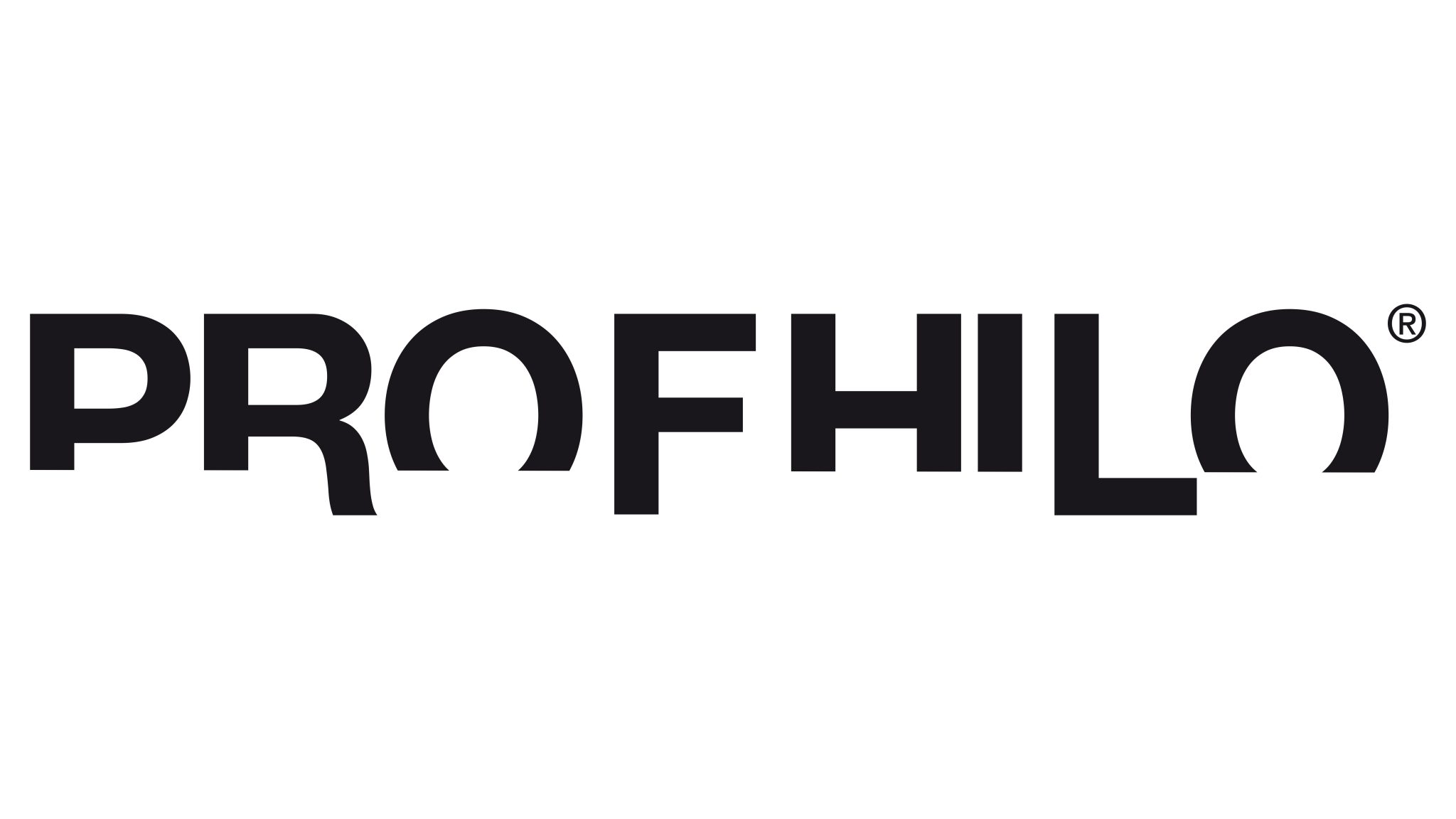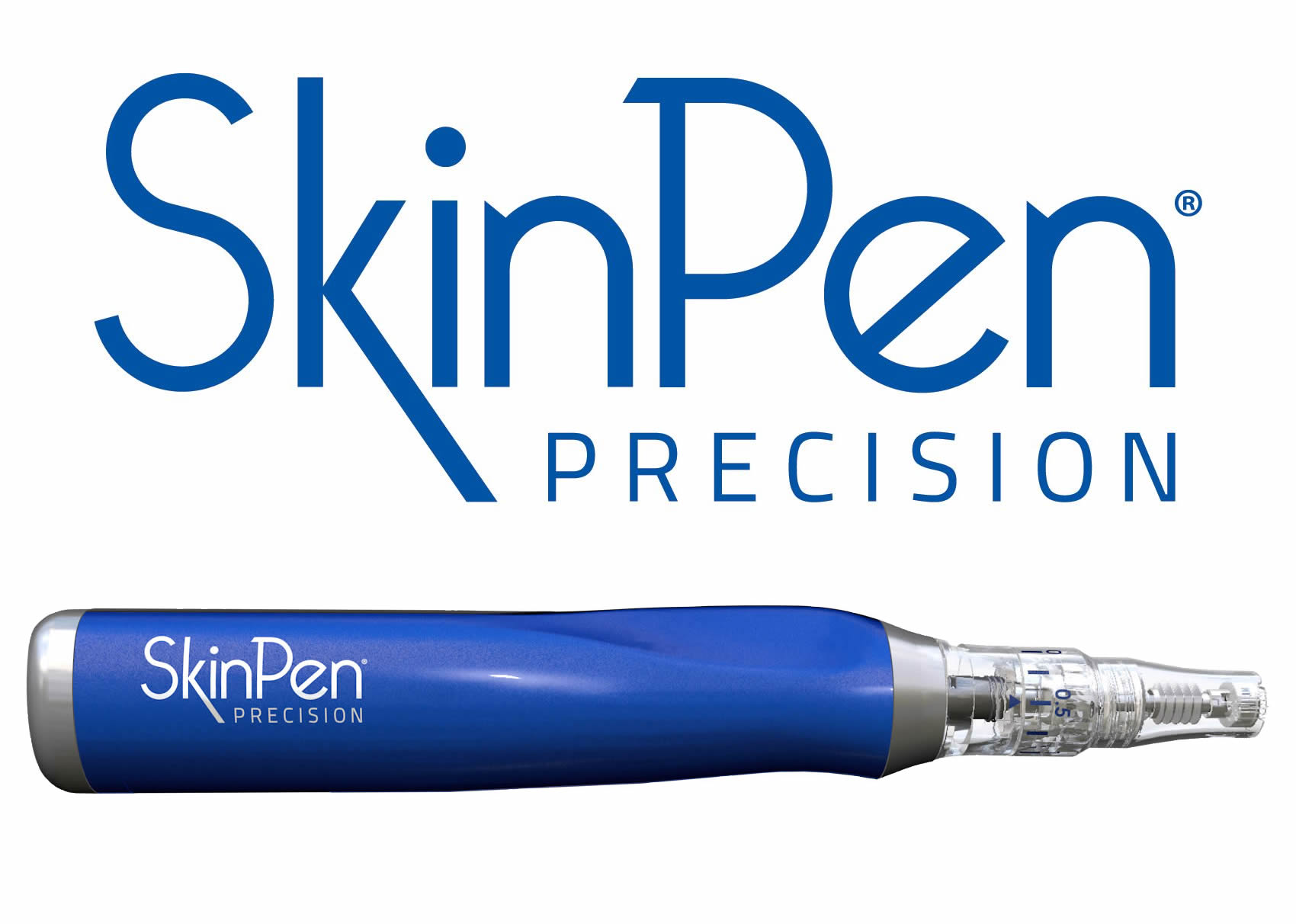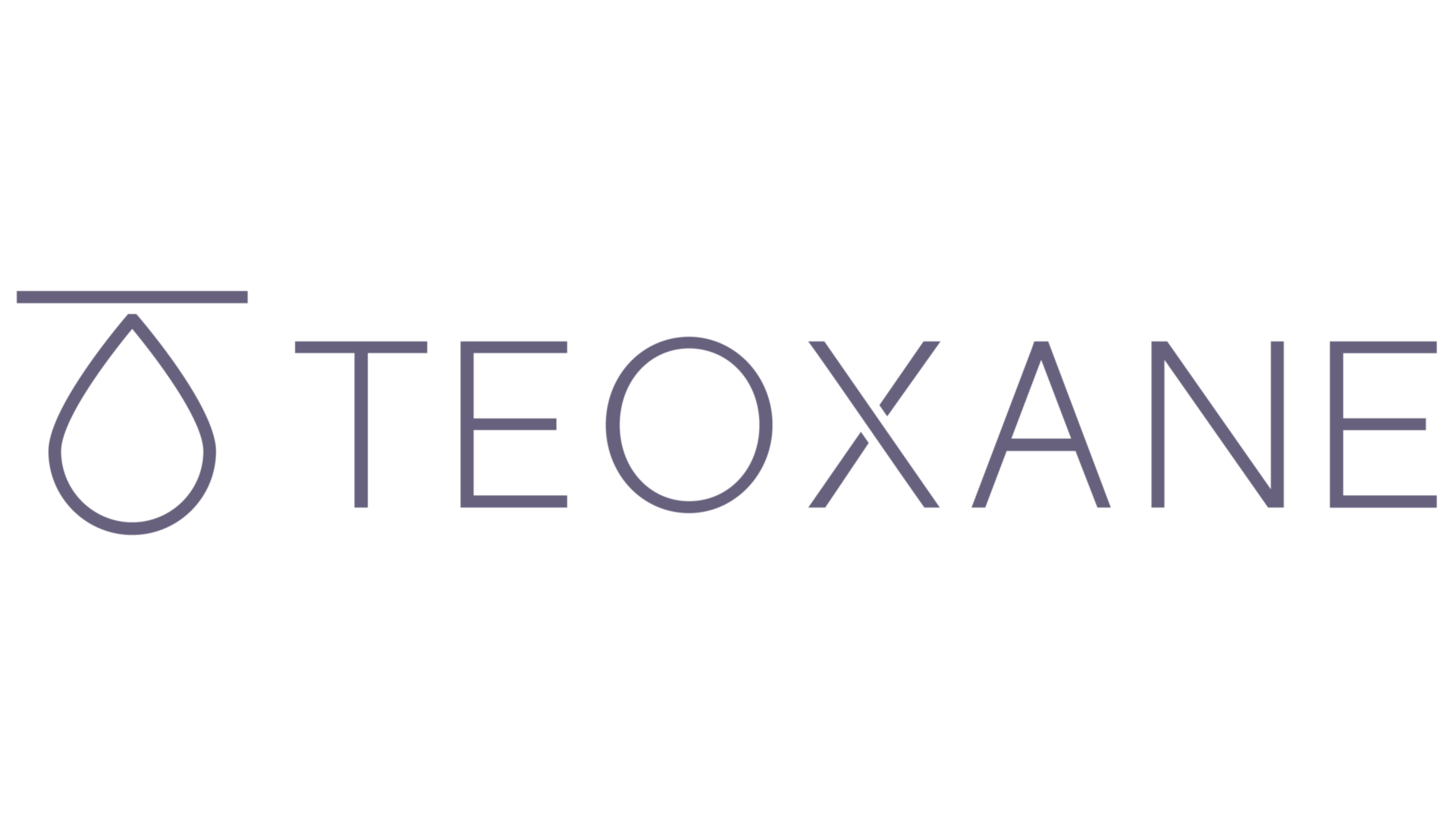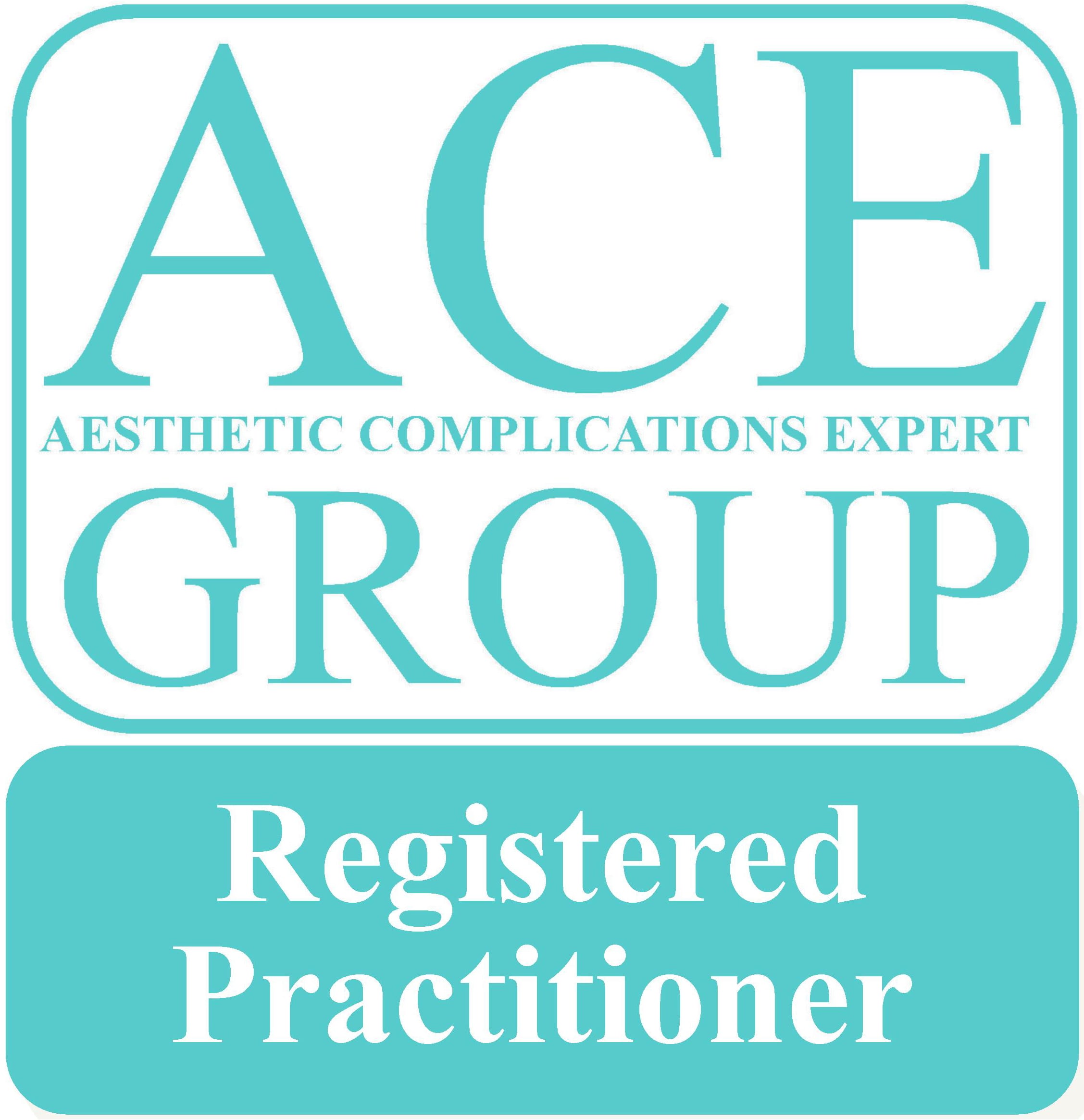Feeling that your current skincare is letting you down? You’ve tried it all – luxury, budget, organic, chemical-based – but nothing works, your skin still is dull, patchy and blemish-prone. 90% of the time the issue with skincare is not the efficacy of a particular product but its compatibility with the type of skin you have. Still, it is rather important to ensure you are investing in high quality, clinically proven skincare that is packed with expert-approved ingredients to transform your skin from within.
Since I started my career in aesthetics, I have seen many clients lose faith in their skincare, when the reality has been they haven’t found a solution that addressed their skin type and the possible underlying causes of their skin woes.
Your first step to a blemish-free, radiant complexion is understanding what type of skin you have in order to establish its specific needs and determine which skincare regimen and treatments will give you the best results.
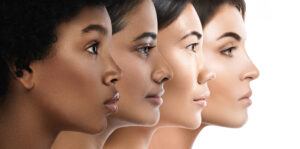
Whether you have a light skin tone ranging from 1 to 3 in the Fitzpatrick skin type classification system, or darker skin which ranges from 4 to 6, uneven pigmentation is one of the most common skin concerns, affecting the majority of skin types, especially when you hit your thirties and as you grow older.
Uneven skin tone, most frequently referred to as hyperpigmentation, occurs when a specific part of your skin darkens compared to your primary skin tone.
This change in your skin tone is the result of your melanocytes (the skin cells that make melanin, which determines your skin colour) becoming damaged or unhealthy and then producing extra pigment during the healing process. Having more melanin makes your skin darker, while less of it results in lighter skin. Hyperpigmentation results from an increase in melanin production within specific areas of your skin, forming darker spots compared to your overall skin tone and resulting in an uneven complexion.
This happens mainly because of over-exposure to UV rays, as your skin triggers the production of melanin as soon as it receives sunlight.
Another type, known as post-inflammatory hyperpigmentation (PIH), derives from skin trauma, such as that caused by acne or a wound, where the skin overcompensates during the healing process by producing too much melanin that it leaves a scar.
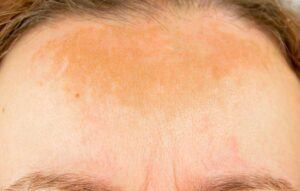
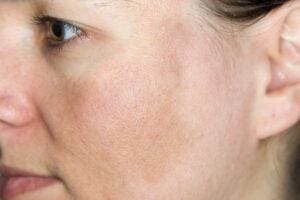
What are the best products and treatments for hyperpigmentation?
- Specialist, prescription-only skincare
A skincare regime with topical products containing active ingredients such as tretinoin and hydroquinone can help you restore an even skin tone. Both ingredients are prescription-only and available within the Obagi range, complementing each other by targeting different skin concerns, from pigmentation to fine lines and wrinkles, both of which result in premature ageing of the skin.
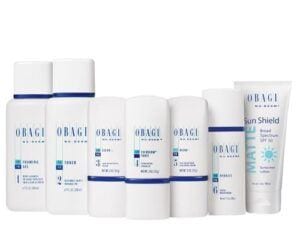
Hydroquinone is a topical skin lightener, which essentially bleaches the skin and blocks the skin process that leads to discolouration. As a result, it improves hyperpigmentation, sun damage, age spots, acne scarring, rosacea, etc. Sunscreen is an essential aspect of the hydroquinone treatment because even minimal exposure to the sun can increase melanocytic activity, the process which causes hyperpigmentation. Therefore sunscreen with SPF 30 or higher should be worn daily, especially when using hydroquinone.
Tretinoin is a retinoid — a vitamin A derivative — that works by increasing skin cell turnover. This means dead skin cells are cleared off your skin more quickly and new skin cells rise to the surface, promoting skin regeneration. It can also help your skin regulate its natural oil (sebum) production, preventing breakouts and improving skin quality and texture. So it is a total winner for ageing skin and acne/blemish-prone skin.
You can get the whole low-down on Obagi’s skincare systems on my blog How Obagi Systems Can Help You Transform Your Skin.
- Microneedling
Microneedling is an aesthetic procedure that uses a head of tiny needles to puncture the very first layer of skin, which is responsible for pigmentation and scars. The idea is to break down the skin in order to stimulate your body’s own repair process and boost the production of new collagen, which leads to a plumper, more even complexion.
Microneedling is brilliant to smooth scarring, reduce the appearance of wrinkles and elevate the overall texture of your skin.
Although microneedling is not overly painful, it can cause discomfort. I therefore apply a topical local anaesthetic cream before your treatment. After the treatment your skin will be red and you may also experience some minimal swelling and bruising. The inflammatory effect can last between 12-24 hours. After this time your skin should fade from red to pink and any swelling should go down, though you may experience some sensitivity for up to 48 hours.
After 3-5 days your skin will start to peel. Peeling is a normal and important part of the healing process, caused by the increased cell turnover. It is very important that you don’t pick at or scratch your skin as you can cause scarring.
The treatment is absolutely worth it. Your new skin will be fresh, radiant and as smooth as a baby’s bottom. A course of 3 or 6 sessions gives the best results and helps get rid of any areas of hyperpigmentation.
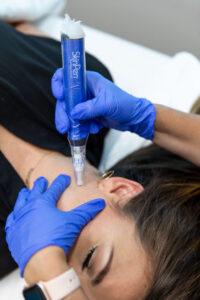
- Chemical peels
Chemical peels are another effective way to brighten your complexion and restore an even skin tone and radiance. They contain different types of acid, which work by dissolving outer layers of dead skin cells and promoting the generation of new ones.
Peels vary in strength, depending on the type of acids they’re made of and how deeply they penetrate the skin. Superficial peels only remove the topmost layer of skin – your epidermis – and are the mildest. Medium depth and deep peels are designed to penetrate all the way down to your dermis and due to their strength, are not suitable for all skin types. Whilst they are all used to reduce the appearance of wrinkles, sun-damage, skin discolorations, blotchiness, brown spots, scars and certain precancerous skin growths, the results you’ll get will vary subject to the peel’s intensity, the number of peels you have, and your individual skin type.
I love the Obagi Blue Peel Radiance because it is safe and effective on all skin types. It contains salicylic acid, which is a brilliant exfoliant, relieving congested pores and activating the natural generation of new skin cells, and glycolic and lactic acid, which work to lighten uneven pigmentation and smooth out skin texture.
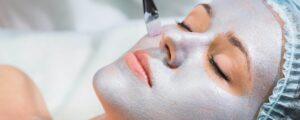
During the treatment, the acid solution is applied to your face, neck or hands, to create an intentional injury to the skin, by breaking the chemical bonds which hold the skin cells together. This causes the skin to gently peel off over the next few days, removing part or the whole of the epidermis, the top layer. As a result your body’s natural healing process kicks off, increasing the production of new collagen cells which generates fresh blemish-free skin.
For those who require a gentle, light peel, just one layer is applied. For deeper exfoliation, and if the skin has tolerated the initial layer, a second layer can be applied to achieve a more dramatic effect on more severe skin concerns and discoloration. When the peel is washed off, your skin will be left feeling clean, soft and revitalised.
If you have dark coloured skin, Fitzpatrick type 4 to 6, you need to be cautious when having any skin treatments, especially peels, as there is a greater risk to develop post-inflammatory hyperpigmentation (PIH). That is, instead of clearing the hyperpigmentation, the treatment does the opposite and creates more hyperpigmentation, dark marks and scarring.
If you suffer from hyperpigmentation and would like to find out more on how I can help you restore the health, youth and radiance in your skin, you can book your free consultation here.
